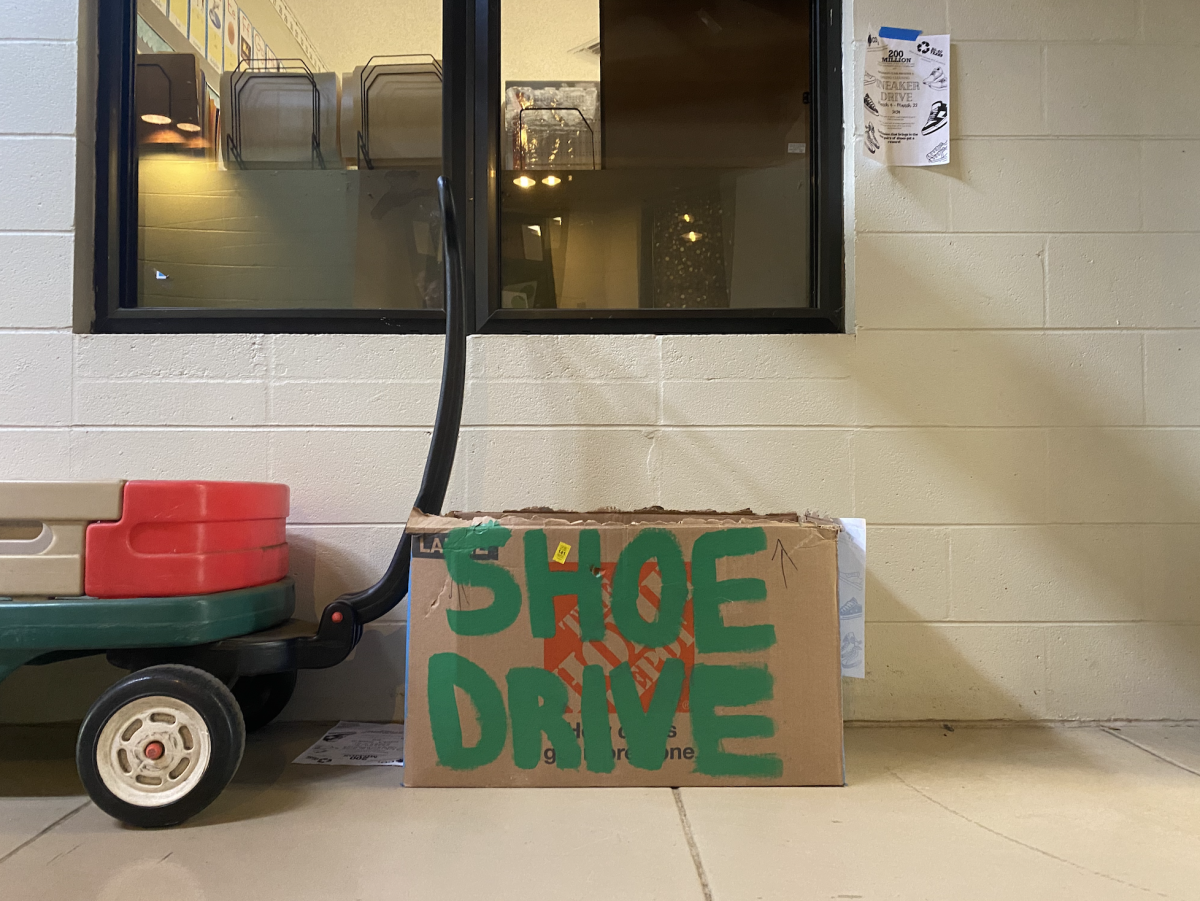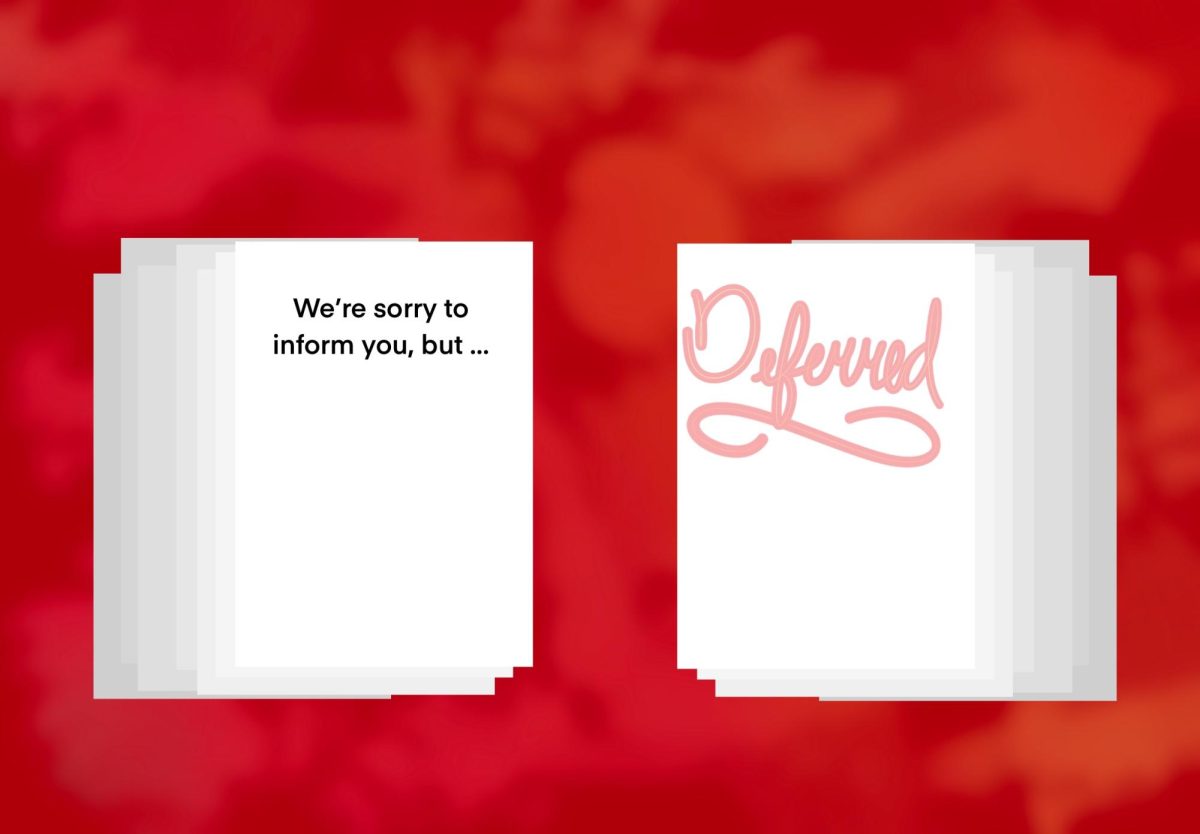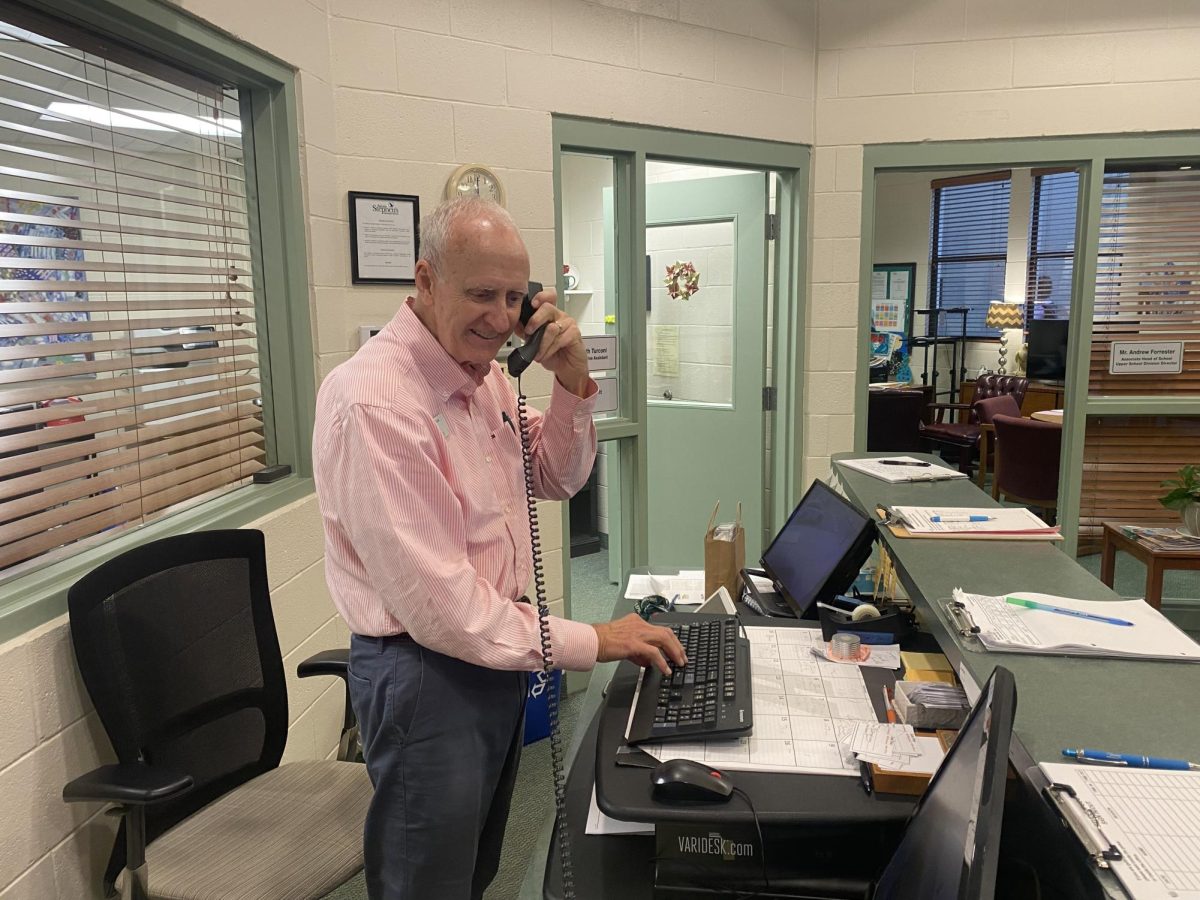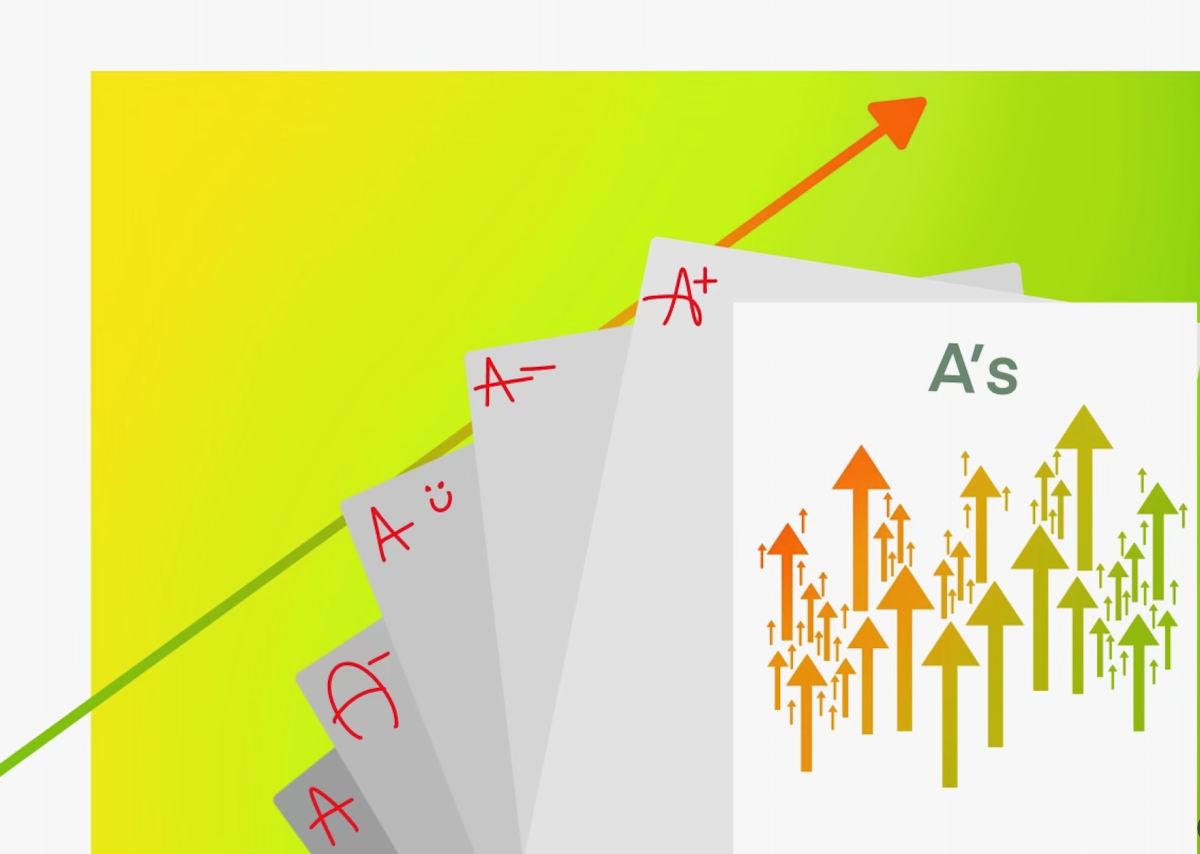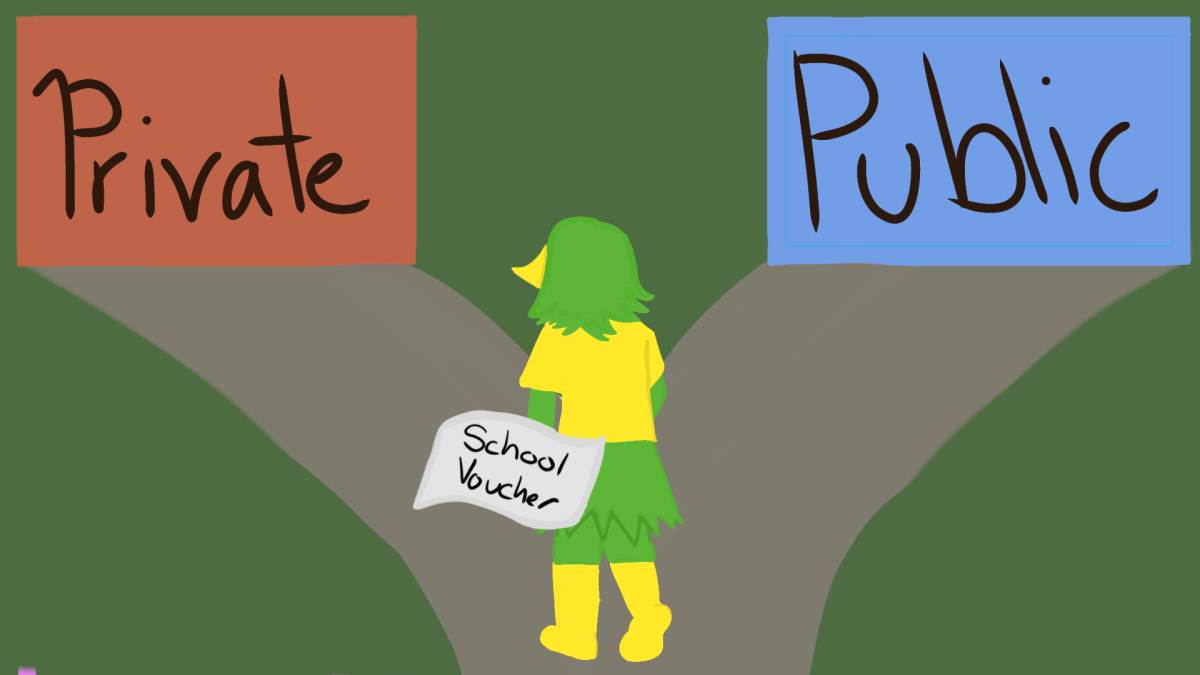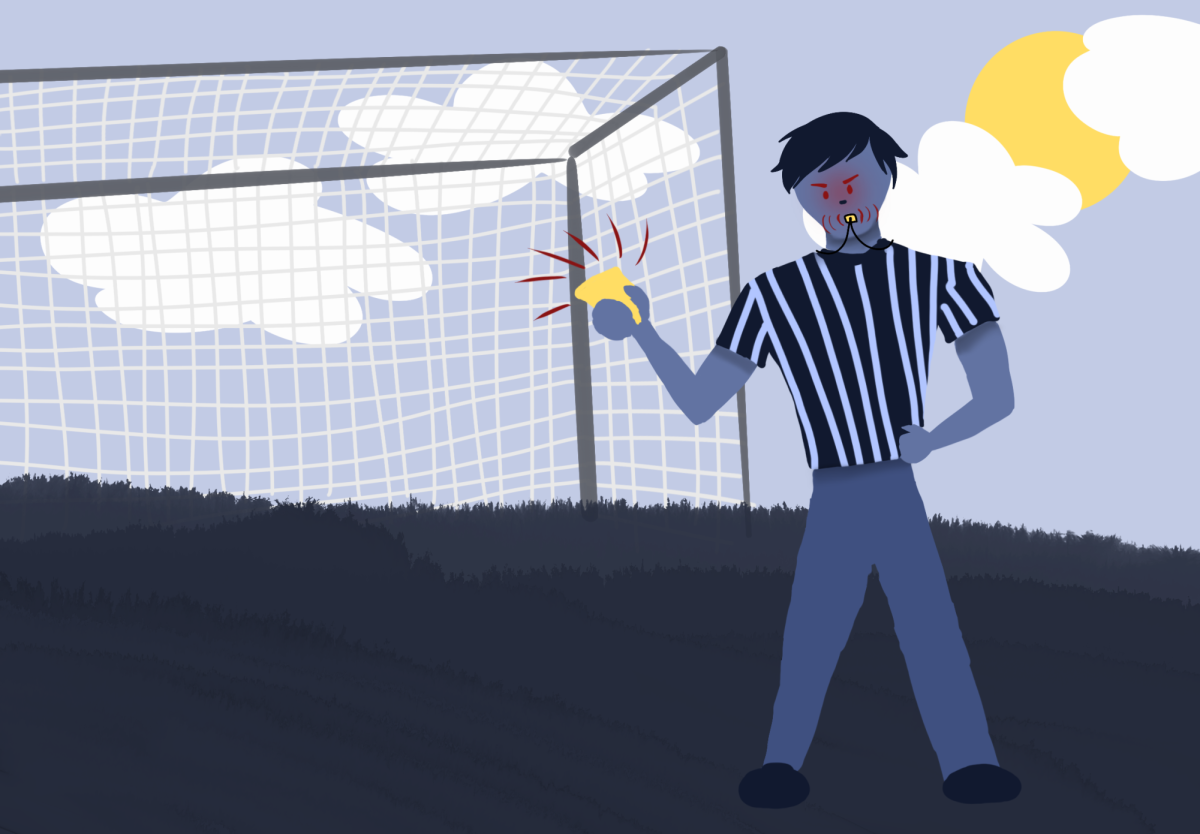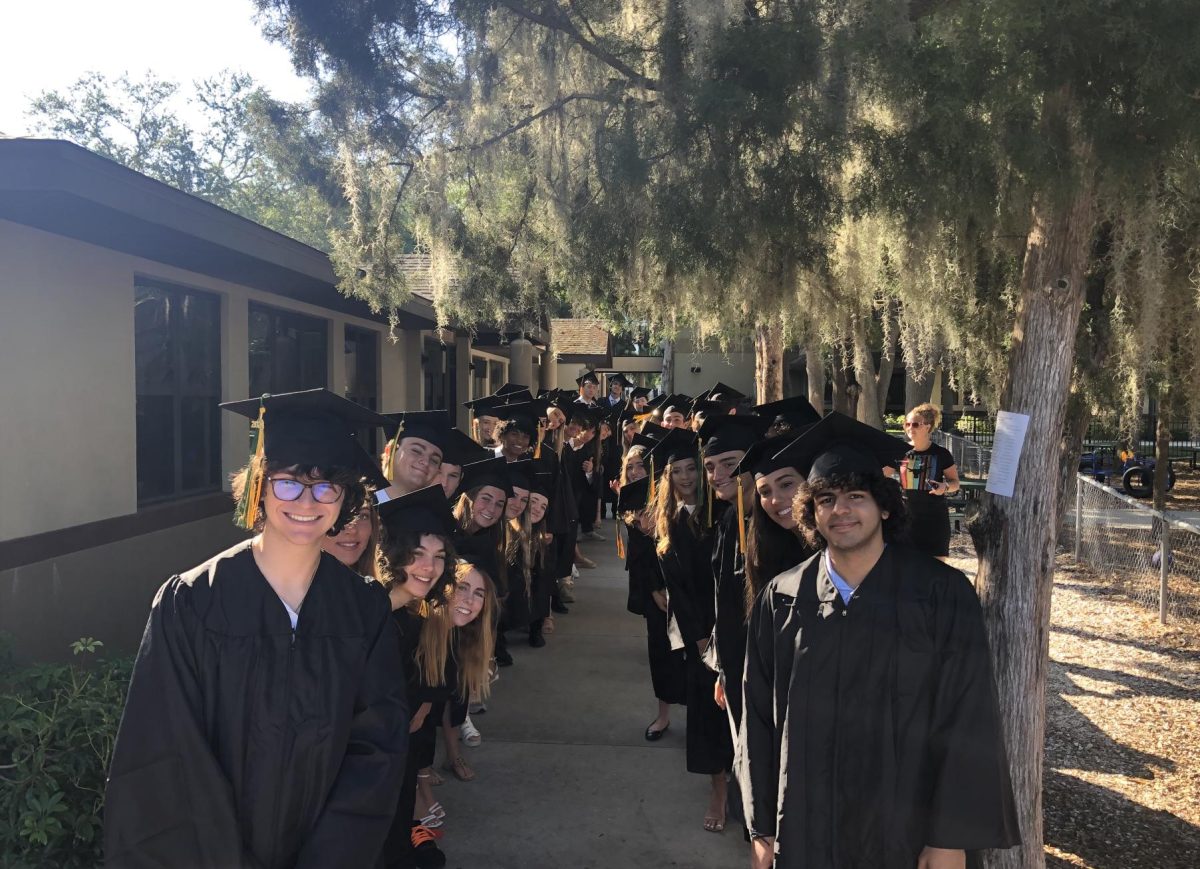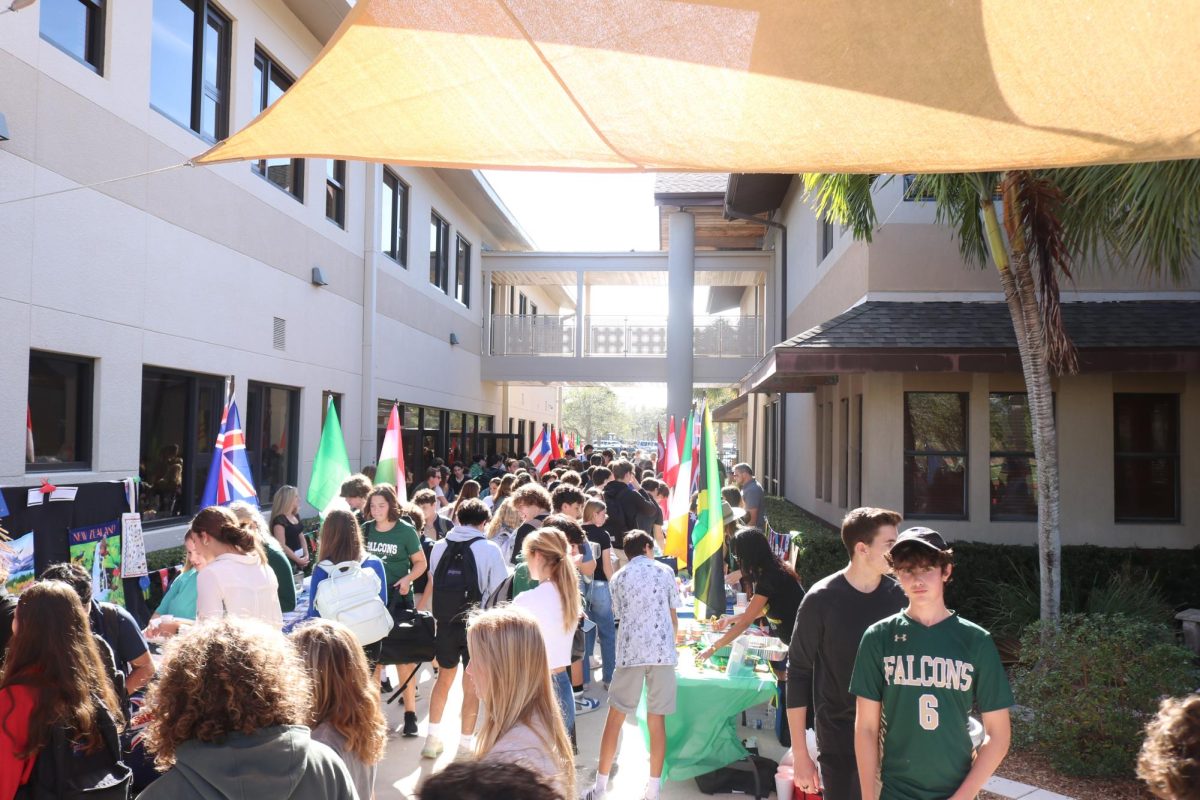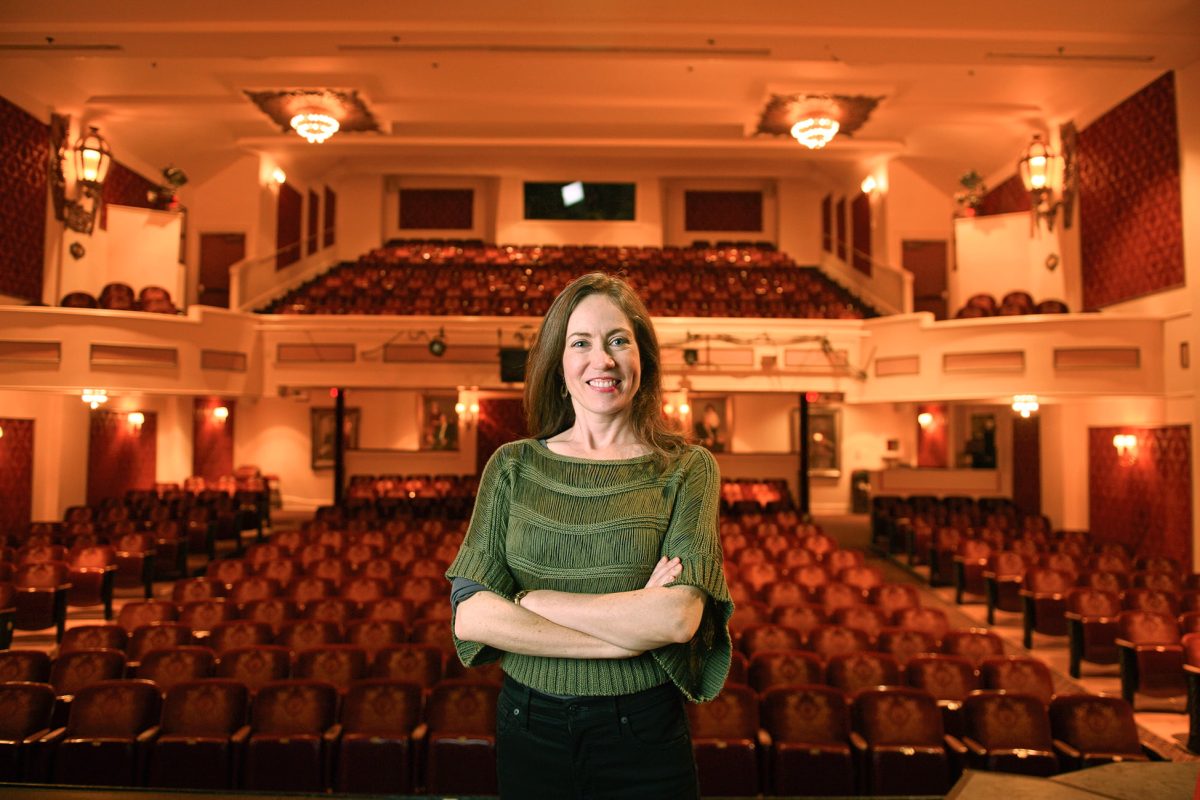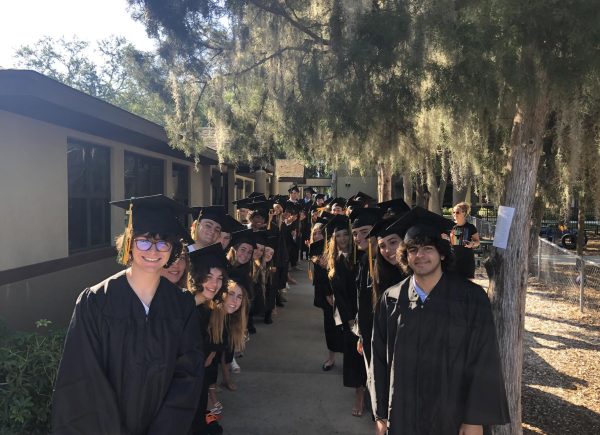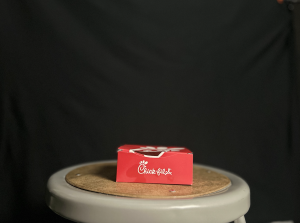Making ‘cents’ of inflation: rising prices explained
As consumers face higher prices for the holiday season, many are asking: why is this happening?

Rising prices have people worried. But should they be? Original artwork by Sarabeth Wester.
November 10, 2021
It’s hard to avoid. I run into it during my shifts at Publix, walking down the aisles. I watch it every time I’m driving. What do I see? Rising prices.
The Consumer Price Index, a government study of changes in prices for household goods, found that in the past year, food prices increased by 5.4% and gas prices rose by 49.6%. Rental cars prices are up 30% from two years ago and some rental cars in Florida and Hawaii have had a 50% increase in price. On average, prices rose 6.2% from this time last year, with no expectation of stopping.
Nearly every household in America, nearly every family trying to make ends meet, is asking the same questions: what’s going on? why is this happening? will prices return to normal?
But as prices rise and worries mount, it’s critical for the health of the economy and for the public’s faith in the government that Americans take a step back and look at the bigger picture. Because even though many blame the American government’s COVID relief policy, which invested money directly into the economy, for rising prices, a close examination of two key issues will reveal what is really going on.
The concept that lies at the heart of this issue is the concept of inflation. According to the International Monetary Fund, inflation is the “rate of increase in prices over a given period of time.” Often this is tied with a country’s currency: the more money in the economy, the less valuable it becomes and the less purchasing power each unit of currency has, causing prices to rise.
Traditionally, nations have high inflation from printing too much money. Governments, as a response to hard times politically, often chose to settle their debts by printing money. Once the population and the rest of the world realized this printed cash was based on nothing, and thus practically worthless, these nations’ economies would collapse. The world watched this happen in Germany in the 1920s and Venezuela in the modern day.
However, even at this early stage, we’re beginning to see that modern inflation is a whole other animal. The inflation seen in the United States today is a beast known as demand-pull inflation. Demand-pull inflation happens when there’s an increase in a consumer’s desire to buy, or the demand, for products and producers charge more to capitalize on that demand.
The state of the economy is one where more and more people are going back to work, collecting paychecks and stimulus checks and as the economy reopens, deciding to finally spend that money that they had saved during the lockdowns.
But our inflationary woes run deeper than this.
Over the past few decades, a global economy has developed, with goods being manufactured for markets oceans away. And for us consumers, it’s great: we get more goods, often at a cheaper price. But COVID hit the transportation industry hard: many workers who worked at shipping ports and truckers who drove goods to their destinations were laid off as the economy lay dormant for months. But as that economy roars back awake, the weakened transportation workforce faces extreme challenges.
40% of all goods imported to the United States enter through two ports: Los Angeles and Long Beach. And these ports are not up to the task: workers face long hours, understaffing and an unmodernized system to unload containers. Adding to that are shortages of containers and chassis to put containers on. Container ships were unable to be unloaded and a traffic jam of ships began: almost 100 ships sat and waited outside of these two ports in mid-September. These delays raised the cost of shipping goods to more than $20,000 per 40 foot container, an almost 500% increase from a year ago.
These supply chain disruptions reverberated through the economy, dragging up prices.
When we combine the backlog of goods off the California coast and the increased demand for products from the American consumer, prices have reacted with a sharp increase, leading to higher prices just as the holiday season begins. Today’s inflation is caused, for the most part, by this messy combination of poor supply chain management and increased consumer demand.
Political concerns also dominate the issue of inflation. As more and more Americans shed their worries about Covid, some are traveling more and gas prices have risen more than 40% from this time last year as a result. Many have identified the limits on global oil supply put on by oil producing nations as the root cause but cutting our own oil exports to compensate could damage fragile alliances with our allies and increasing domestic drilling raises environmental concerns.
At home, two thirds of the electorate blamed US policy for rising prices according to a CBS survey. President Biden’s success in next year’s midterm elections rides on a solution to inflationary pricing.
Many feared that the government’s spending, including the stimulus package passed earlier this year, would pump so much money into the economy that we would experience devalued currency that would cause inflation. However, the inflation seen today looks like the growing pains of an economy restarting and becoming fully operational once again. Swift action, such as the President’s decision to keep the ports at L.A. and Long Beach operational 24 hours a day, can dull the pain as the economy emerges into a post- COVID era.
However, despite how it might initially appear, there remain plenty of unknowns. Christina Romer, a professor at the University of California Berkeley notes that if inflation doesn’t recede as the economy recovers, financial institutions “will need to quickly admit that [they] were wrong and that the inflation is of a more worrisome kind.” If that happens, financial institutions might have to combat inflation by raising interest rates, which could cause a recession.
But nothing during this pandemic has been certain, especially not the economy, but with a calm approach and smart economic and political moves, Americans can endure this latest inflationary storm and have a Merry Christmas and a Happy New Year.
2



